| The BBC Microcomputer was born from a television
series encouraging computer literacy. In 1980 the
Corporation sought a UK supplier to build a computer
to meet its specific needs. Acorn, who at the time
made the Atom and were working on its successor
the Proton, won the contract. The Proton became
the BBC computer and was initially sold with a choice
of 16KB or 32KB memory. The larger version was by
far the more common. |
| |
| More expensive and physically much bigger than
the rival Commodore 64 and Sinclair Spectrum, many
people first came across the Beeb, as it became
known, at school. However, large numbers were sold
and a great deal of software was produced. |
| |
 |
| |
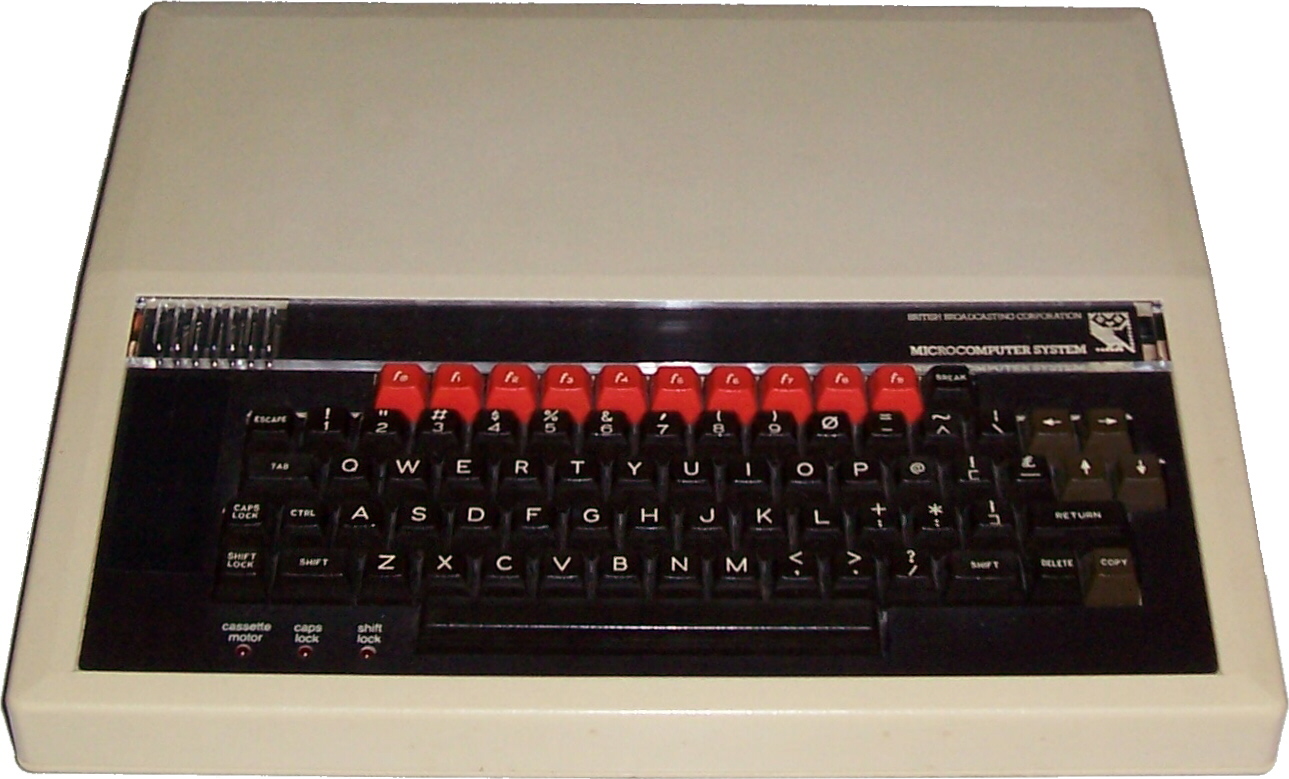  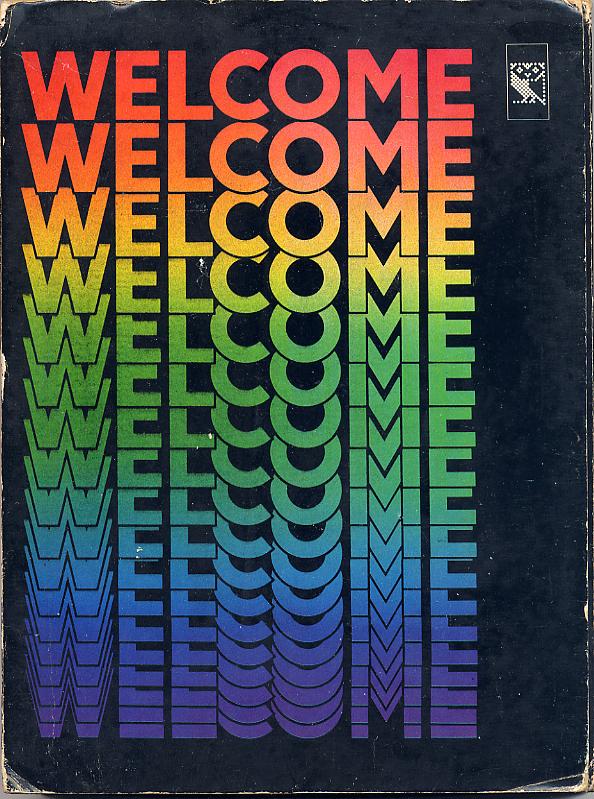 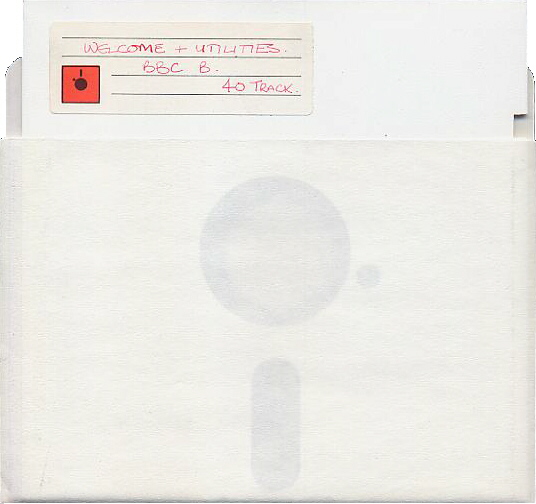 |
| |
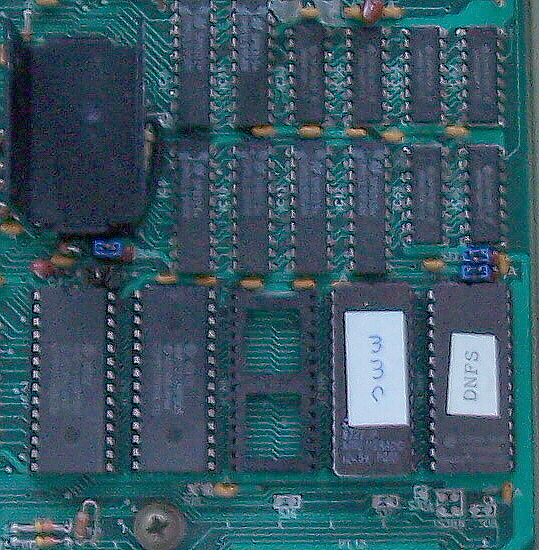    |
| |
| BBC Model B computer,
serial number 01-ANB01-3003147. Issue 7 board. Power
supply serviced prior to 2012. |
| BBC User Guide.
John Coll, David Allen / British Broadcasting Corporation. |
| Welcome 1 tape.
BBC. In large case with leaflet. |
| Welcome and Utilities disc.
For BBC-B. 40 track. Not original. |
| MMC ROM. Fitted
under keyboard, on right of main board. Call with
*CARD. |
| MMC cable. With
socket for MMC card. Connects to the User port. |
| MMC card in carrier
and protective case. |
| MMC CD. Contains
software (including for PC). |
| |
| The MMC card system is a 21st century enhancement. |
| |
 |
| |
 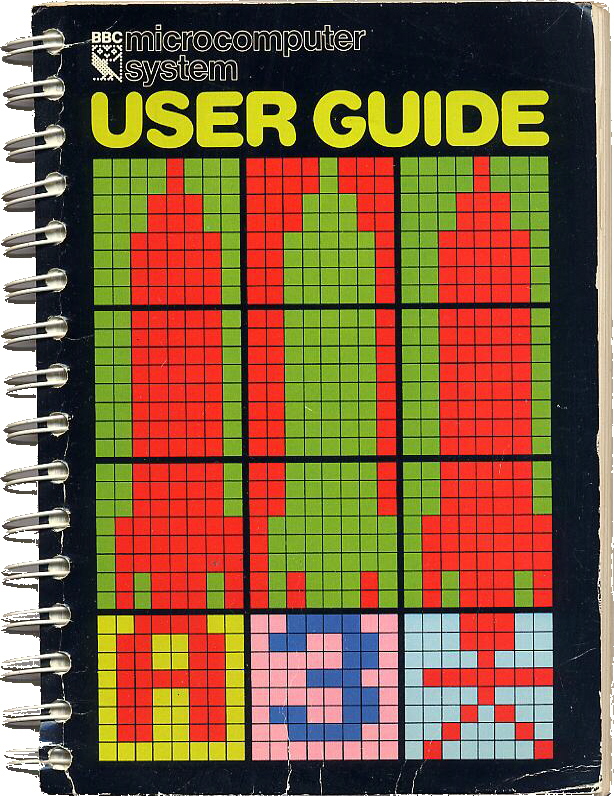 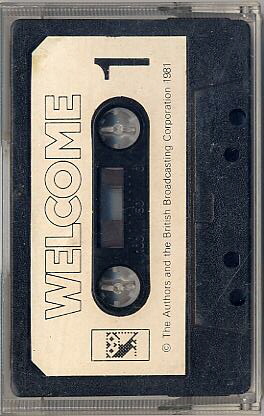 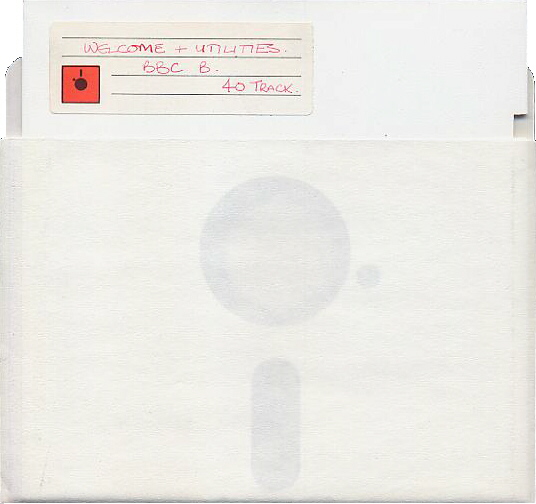 |
| |
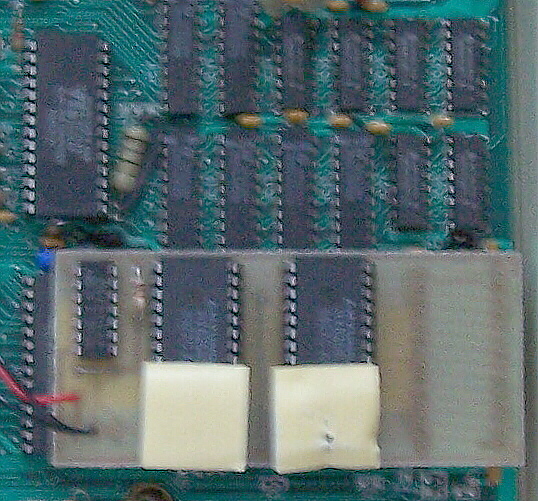 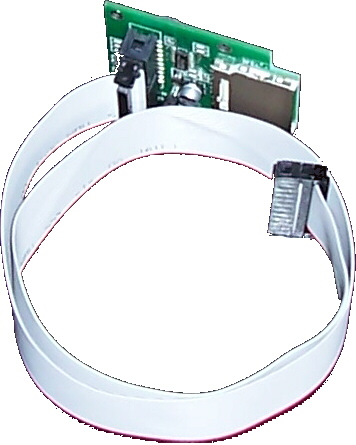 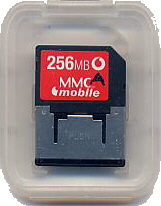 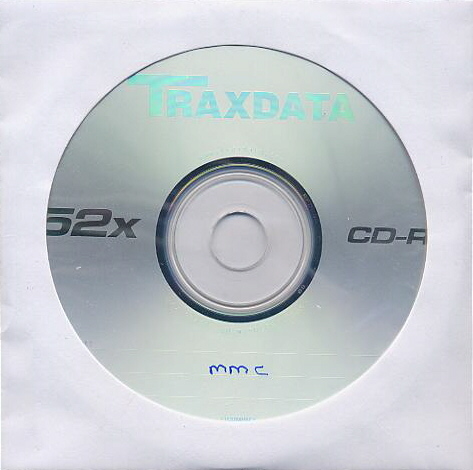 |
| |
| BBC Model B computer,
serial number 07-ANB01-3756274. Issue 7 board. Power
supply blown and serviced in 2012. |
| BBC User Guide.
John Coll, David Allen / Acorn Computers Limited. |
| Welcome 1 tape.
BBC. No insert, outer box or instructions. |
| Welcome and Utilities disc.
For BBC-B. 40 track. Not original. |
| MMC ROM. Fitted
under keyboard and add-on board, on right of main
board. Call with *CARD. |
| MMC cable. With
socket for MMC card. Connects to the User port. |
| MMC card in carrier
and protective case. |
| MMC CD. Contains
software (including for PC). |
| |
| The added board, chips and switch fitted to this
computer are not understood. |
| The MMC card system is a 21st century enhancement. |
| |
 |
| |
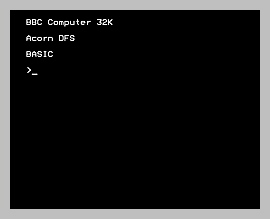 |
|
A good example of the
BASIC programming language was installed.
The BBC version included procedures and encouraged
structured programming.
Software and data were loaded from cassette
or, with the appropriate chip installed, disk.
The BBC had more connection possibilities
than any of its rivals. This made it ideal
for experiments and projects. Add-ons included
a Teletext adaptor, also used to download
software from TV computer progammes.
The computer also had empty chip sockets so
that additional software and hardware could
be installed. |
|
|
| |
 |
| |
| Rear connections: UHF (TV) out, Video (Monitor)
out, RGB (TV SCART) out, Cassette recorder (DIN),
Analogue in, Econet (networking). |
| |
 |
| |
| Front connections: Tube (for second processor),
1MHz bus, User port, Printer port, Disc drive, Auxilliary
power output. |
| |
| Flexible and powerful as it was, the Beeb suffered
from a lack of memory. In 1985 two versions called
the BBC-B+, one with 64KB and one with 128, were
launched but these were not wholly compatible with
the earlier models for which there was plenty of
software |
| |
| One peculiarity of the Beeb is its built-in power
supply. Many people have stored their old computer
in the loft since they stopped using it. Now, many
years later, they are being brought out and switched
on - with the result that after about 20 minutes
the power supply produces clouds of smoke. Alarming
as this is, it does not mean the end for the computer.
It's just some of the components failing. One of
mine did exactly this and has been repaired. The
other was serviced before it could follow suit. |
| |